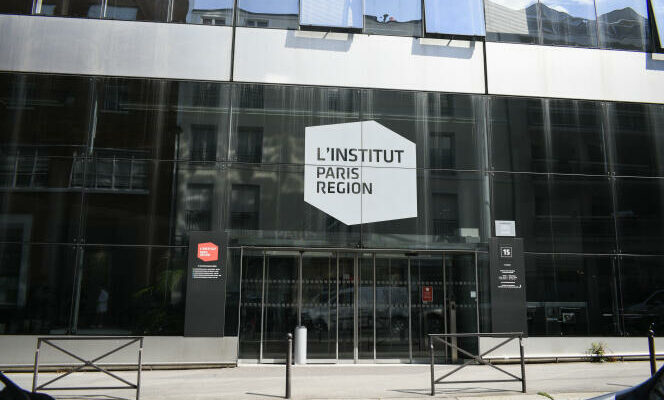When, at the turn of the 2010s, the future Greater Paris metro was torn between two irreconcilable routes, that of the region and that of the State, the Urban Planning Institute of Ile-de-France (its name then) did not hesitate to say the nonsense that was the second in his eyes, remembers Xavier Desjardins, professor of urban planning at Sorbonne University.
Christian Blanc, Nicolas Sarkozy’s Secretary of State, swore by this roller coaster which would serve the economic centers (La Défense, Saclay, Marne-la-Vallée, the airports). The region, then chaired by the socialist Jean-Paul Huchon, defended a fine service to the suburbs, linked to the metro and the RER. This was also the vision of the institute’s experts. “But this opinion was all the more credible because it did not come from the executive cabinet”, explains the teacher.
If Xavier Desjardins cites this example, it is to clarify his signature at the bottom of the open letter addressed to Valérie Pécresse, the president of the Ile-de-France region, published on November 15 in The world. Professionals from town planning, transport, the environment, elected officials, nearly 1,500 to date, are mobilizing to defend the independence of “the largest town planning and environment agency in France – and even in Europe – and the oldest: the Paris Region Institute”, the IPR.
Everyone deplores “a project to rationalize resources (…) who mortgages [le] become ” of this sixty-year-old institution which, thanks to the data it accumulates on this territory of 12 million inhabitants, its analyses, is a “invaluable tool (…) decision support » of public policies. And a tool for evaluating them, since everything is accessible online.
Rent for Parisian premises
The agency has nearly 200 experts. It is the cradle of new towns, the RER, and the Ile-de-France green belt. This is where the Ile-de-France master plan, this document, currently being revised, which sets out the project for the next twenty-five years, is drawn up. But since in 2017 it was asked to join the regional health and waste observatories, the Biodiversity Agency and the Energy Agency, it has been working much wider. All the figures that are used to address the ecological transition are there. During the Covid-19 crisis, it was the cross-checking of health data and demographic indicators that revealed excess mortality in Seine-Saint-Denis during the first wave.
You have 55% of this article left to read. The rest is reserved for subscribers.
